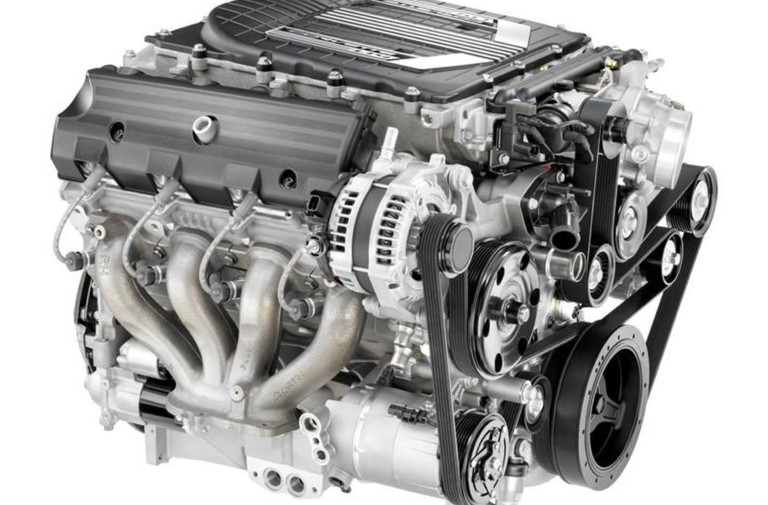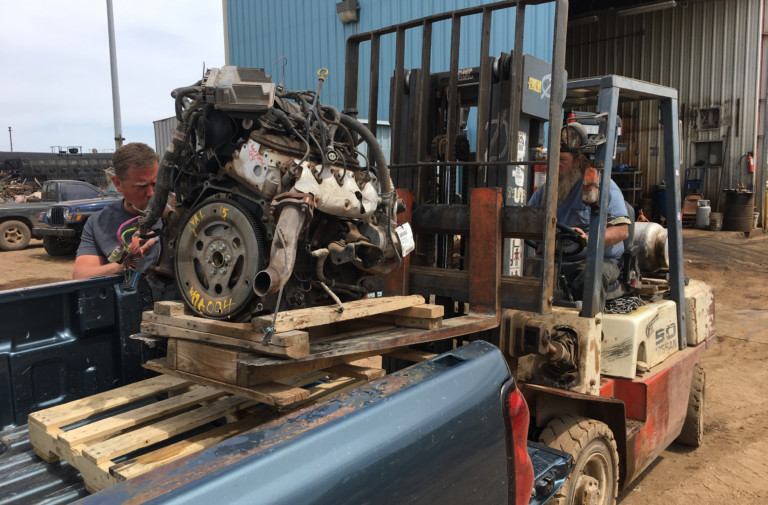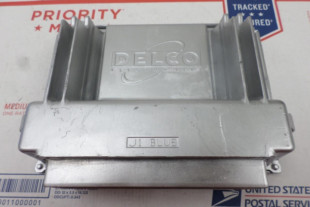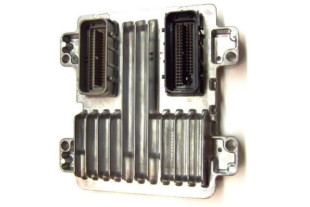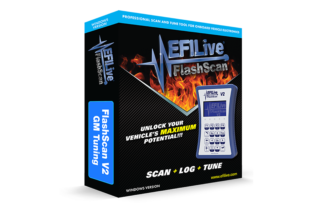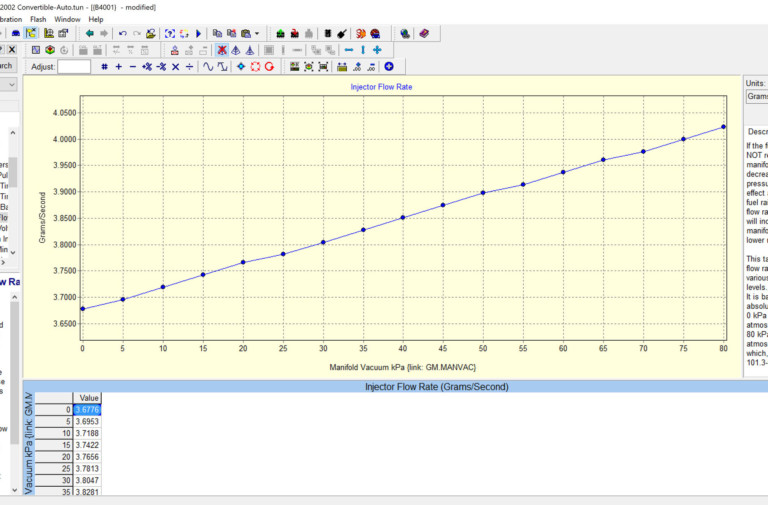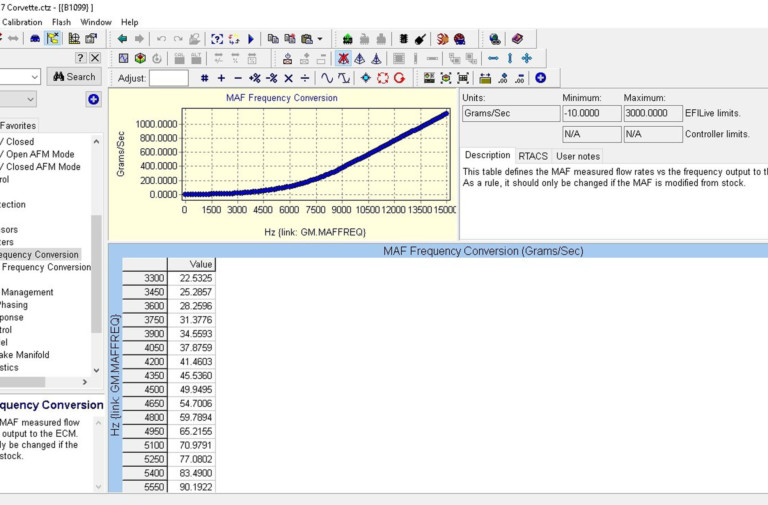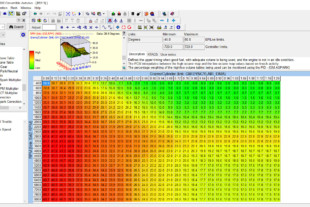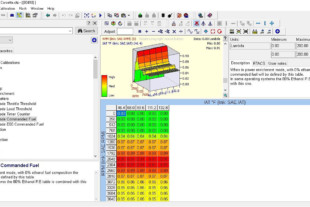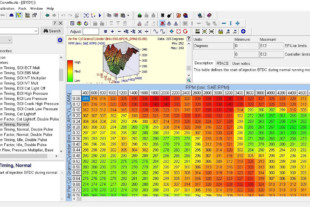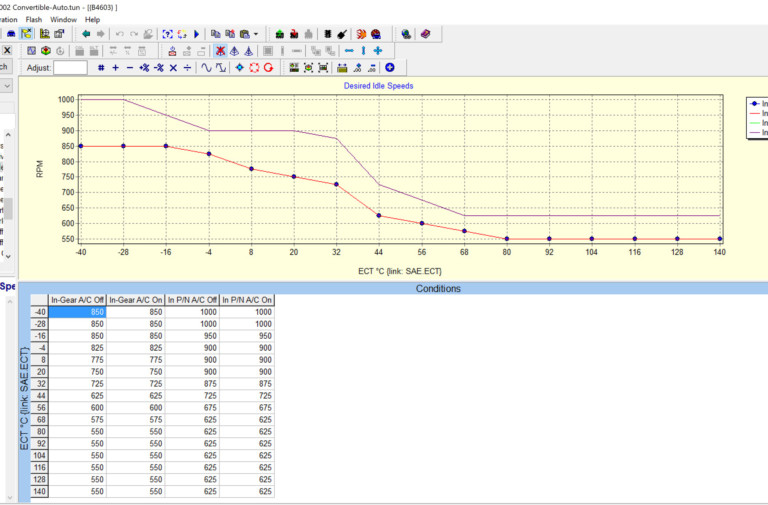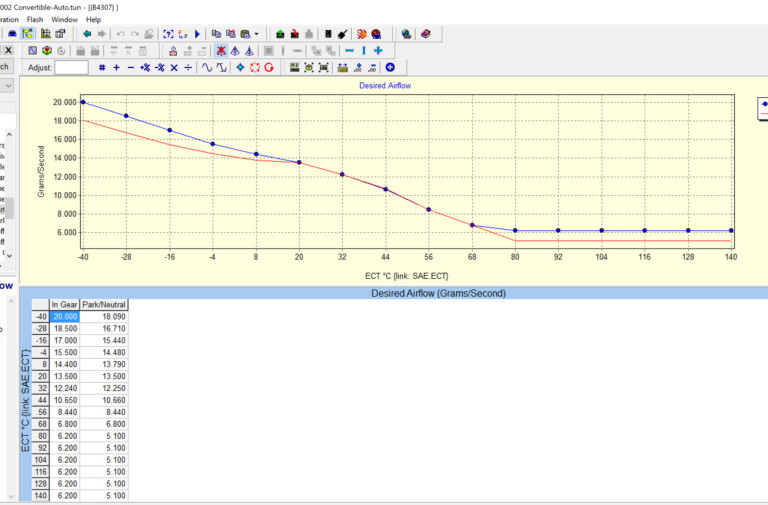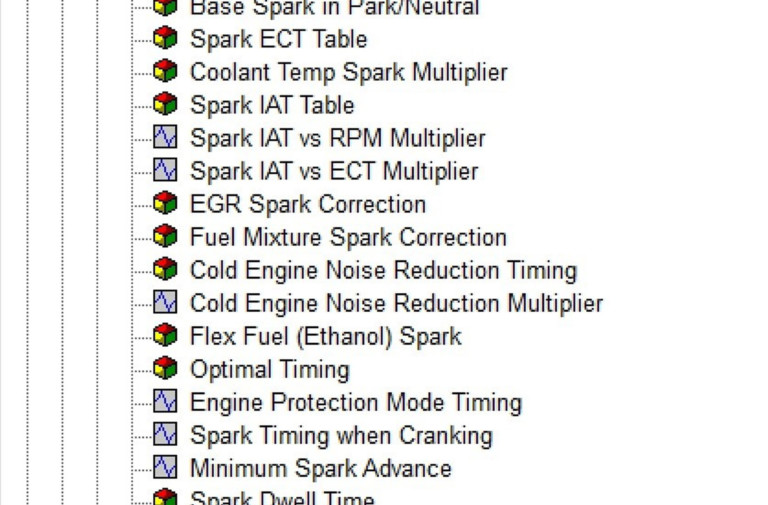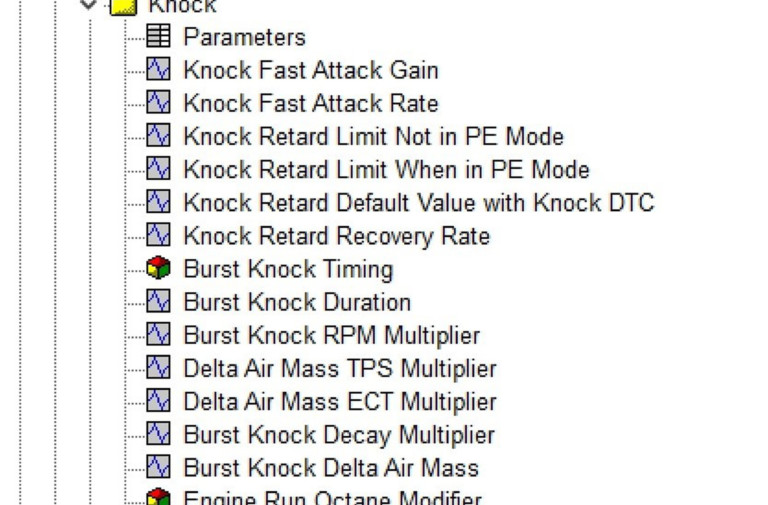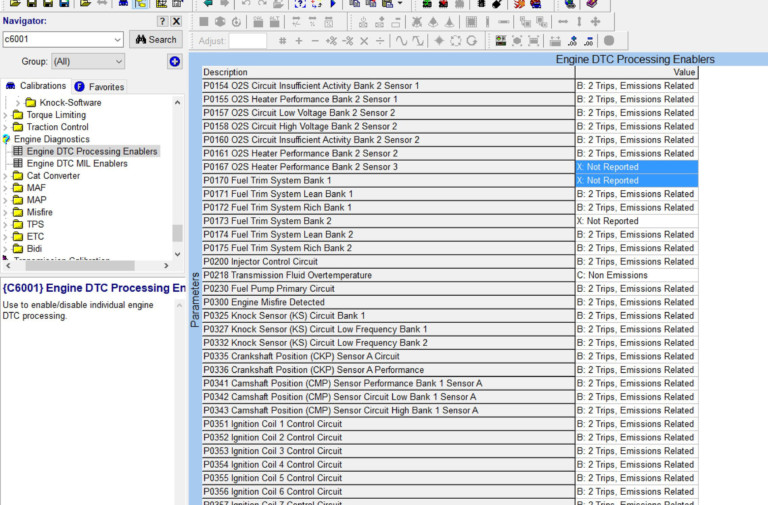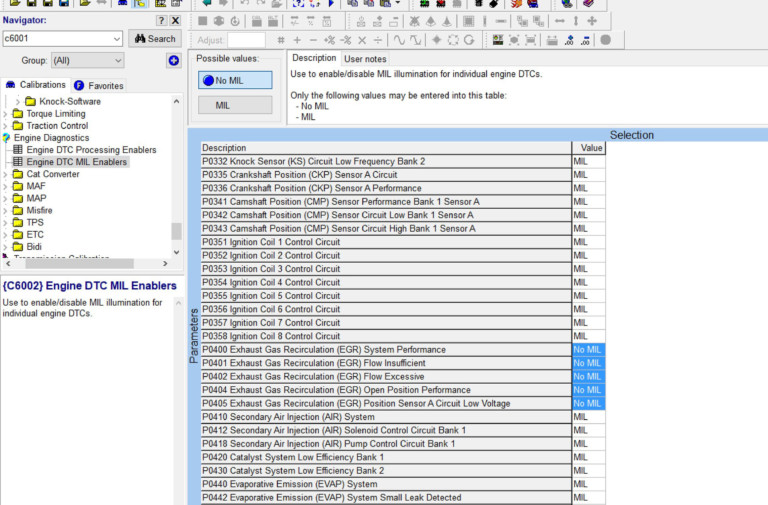Not too long ago, modifying our cars often meant off-the-shelf, hold-in-your-hand parts connected to a part number or barcode. Today’s cars are controlled by computers. Drivers who understand how the electronics work, have access to a world of improved performance, drivability, and modification options — without turning a wrench.
EFILive is one company who has enabled enthusiasts to enter into this world previously only populated by slide rules and pocket protectors. Now, more enthusiasts are starting to embrace the introduction of an Engine Control Unit/Engine Control Module (ECU or ECM), Transmission Control Unit/Transmission Control Module (TCU or TCM) and the like, to optimize the car to their liking.
A properly-tuned car used to mean all the systems of the auto were designed to work together to bring the best power, performance, and handling the vehicle could provide. It still means the same thing today, only how to get there has changed. Sure, there are still plenty of hard-parts to modify our cars, but more than ever, the electronics side of things dictates whether a vehicle is tuned correctly or not.
Whether tuning the latest supercharged LT4, or a recent salvage-yard take-out, accessing the engine's ECU can open up a world of opportunities.
We recently spoke with Guy Tripp from SoCal Diesel about the role electronics play in our cars and how enthusiasts could use this technology to optimize their rides. Now, before you cash in your chips figuring that Guy only deals in diesel, keep in mind he was once the head of the engineering department at Air Flow Research and has been a Corvette enthusiast for many years. He currently owns a 2016 Z06, 2002 Z06, and a 2002 convertible. All of which, Guy has tweaked using EFILive software.
Guy explains that he began using EFILive when it was the premier data-logging system. Now EFILive is building upon the ability to receive various forms of data to expand its capabilities into modifying factory ECUs to optimize the parameters. “EFILive is a tool, not a tuner.” Guy says. “You simply use it electronically, instead of a screwdriver or wrench, to tune your engine’s operating parameters.”
Whether one of the earliest, LS-based ECUs, or one of the later LT-based units, EFILive is a tool you can use to access an engine's operating parameters to optimize it for your application.
Many folks wouldn’t think twice about reaching for a screwdriver or wrench to adjust the air/fuel ratio or timing. But, people are hesitant to look at the electronics side of tuning, equating its operation akin to black magic. Guy can break down the barriers and explain custom-tuning in very understandable terms. We chose a few of the tidbits from our meeting with Guy to help put some flesh on those bones and show how they equate to the end-user.
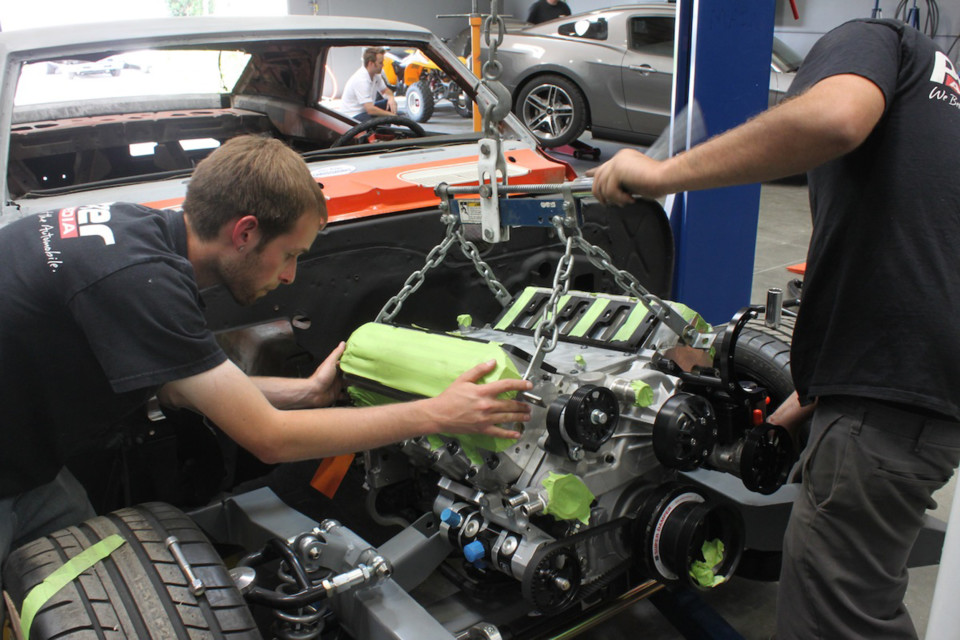
Enthusiasts have been tuning on their engines with wrenches and screwdrivers for decades. The surge of LS-/LT-based engines finding their way into vintage vehicles carries many into the world of ECUs and software-based tuning.
The EFILive software is a free download on the EFILive website, so you can check it out to make sure it suits your needs. As a bonus, all of the tutorials and help files are included in the software. Once you decide EFILive is right for you, you’ll need to purchase FlashScan. This hardware integrates with the software, enabling the system to communicate with your car’s ECU.
Know Where You Are
Ironically, EFILive first started as a diagnostic tool and then expanded into tuning and modifying the ECU. Guy emphasizes the end-user should follow the same line of thinking when “lifting the hood” on their car’s ECU. Guy suggests that if you know where you’re at, you’ll understand what you need to change. EFILive really shines when it comes to optimizing your particular car’s specific build.
The EFILive system requires the use of a quality wide-band oxygen sensor, so you can read what the engine is doing in every driving scenario. It can interface with a variety of suitable wide-band brands. From these readings, you’ll have a much better idea of what areas need tweaking or not. As Guy pointed out, “Just because you can, doesn’t mean you should!” Wisdom as to whether you should or not is found amid the lines and charts of the data logs.
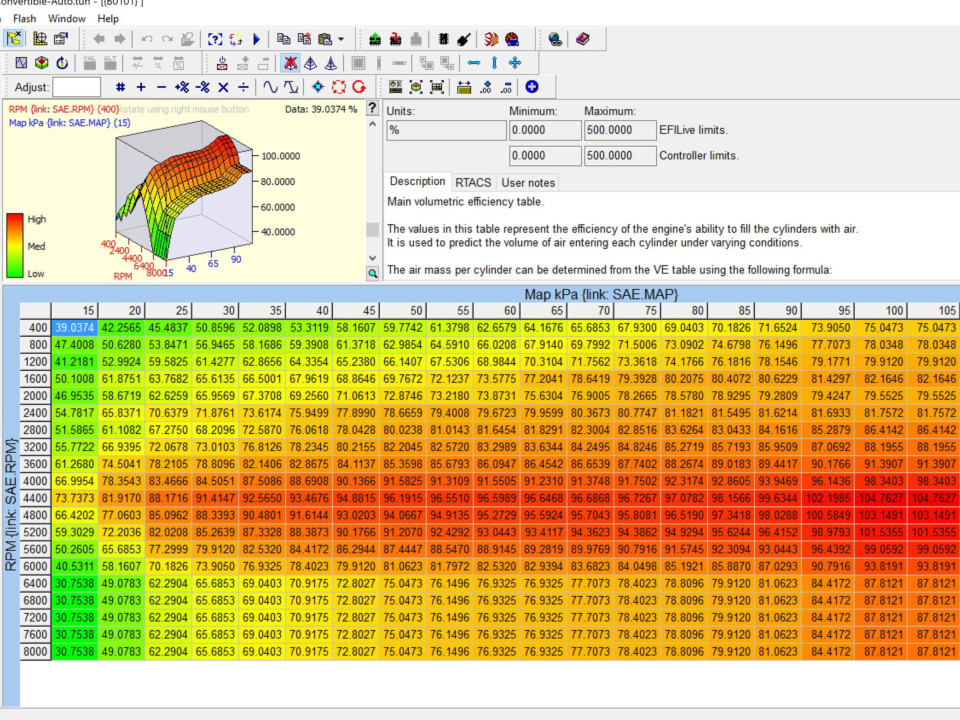
Any engine is basically an air pump. Depending on the configuration, it can be more- or less-efficient at various operating parameters. The benefit of EFI is you can tune it to the engine’s actual efficiency at each point in its operating range. This is viewed through the tuning program’s Volumetric Efficiency (VE) table.
If your application is highly modified, a stock tune may not be the optimum starting point for your engine. In those situations, EFILive can be used to alter the existing ECU to get the engine up and running, so you can see where you currently reside, tuning-wise. But that brings us to Guy’s next point.
Don’t Go Straight To WOT!
“Wide-open throttle is the LAST thing you tune for,” Guy exclaims. He says so many folks begin chasing their tails by seeking a big number upfront. If the car is highly modified, he suggests getting the drivability right first. The constantly-varying parameters experienced during drivability testing will show if your input data is right. If there are drivability issues, you should re-check the settings to ensure all data points are correct and the ECU is making the proper calculations based on those numbers.
I’m all for empowering the enthusiast to optimize their cars to their liking, and anything that helps them get past the initial fear of change is a good thing. – Guy Tripp, SoCal Diesel
Drivability is an acute test as to whether the parameters and calculations controlling the car’s operation are both accurate and effective. Even the dreaded “Check Engine” light is a simple indicator that at least one parameter is out of specification. Obtaining optimum drivability has the added benefit of ensuring all the necessary computations are correct before you put an excessive load on the engine.
Guy puts it in the simplest of terms. “We need to match the fuel to the air at ALL throttle settings.” That means measuring the incoming air through the Mass-Air-flow (MAF) sensor, and properly accounting for the amount of fuel regulated through the injector pulse-width.
In the early days of EFI, tuners and power-junkies would “fool” the computer by adjusting fuel pressure mechanically, or falsely-reporting injector sizing beyond what reality dictated. The desired effect provided the proper air/fuel ratio out the tailpipe (or, at least as closely as possible for the technology of the day).
Now, many autos utilize wide-band oxygen sensors, and computer capability has increased dramatically. Fooling the computer is no longer a viable option and only serves to skew the overall effect on the engine’s operation. Obtaining the proper data through drivability testing helps ensure the ECU has complete control throughout the entire operating range. “It can be labor-intensive to get the non-WOT stuff to work right, but all computations will be more accurate if you get the details right in testing,” Guy reiterates.
Since the ECU controls the fuel at any operating range by doing calculations, it is imperative to properly measure the air entering the engine through the MAF sensor as well as the size of the injectors used.
The ECU uses inputs from various sensors during driving. LS ECMs operate in a hybrid-mode where control may be strictly mass airflow (MAF), a combination of mass air and speed density, or purely speed density — depending on operating conditions. When the ECU goes into speed density mode, it relies on the Manifold Absolute Pressure (MAP) sensor and Throttle Position Sensor (TPS) to indicate the load on the engine. At that point, the volumetric efficiency of the engine comes into play.
The ECU determines how much air mass the engine can ingest and adjusts the fuel input accordingly. This is all done through calculations. It’s easy to see why having the proper numbers, to begin with, are so important.
Where To Start?
If you are upgrading a running, driving automobile, then the ECU will most-likely be programmed for the engine’s previous running parameters. If you are swapping engines, there are a few things you need to check to make sure the ECU is getting the necessary information. We recently did a story highlighting some areas to address for modern engine swaps such as an LS or LT variant. Not every area needs changing, but you want to make sure the parameters are correct.
The extent of control available through the ECU is why we enjoy the power, performance, and drivability of the engines today. These charts show how you can adjust everything from the typical spark advance, power enrichment, and even the exact timing when the injector begins introducing fuel into the cylinder.
We checked with Dave Emanuel, President of Digital EFI, the North America vendor for EFILive, about a few foundational items to examine in the ECU before firing up that engine for the first time. He points to a few areas, located by the numbering system, used in EFILive.
Each table and input is listed by its own number. For clarity, we have included the appropriate numbers for a few of the areas discussed. Note that table numbers can vary according to the operating system of the ECM. The following numbers correspond to most 2000-and-later-LS1 ECMs.
Injector Flow Rate (B4001) – This is the foundation of the entire fuel delivery calculation. If these numbers are incorrect, they are either masking a mechanical issue, or your engine is never going to operate correctly. In the early days of EFI, skewing numbers was a way to compensate for additional/reduced fueling. With today’s capable ECUs, this is a band-aid best left unused.
The injector flow rate is relative to both fuel-rail pressure, and intake vacuum. That is why fuel-pressure regulators are referenced to intake-manifold vacuum. In systems without a rail-mounted pressure regulator, the ECM adjusts fuel flow based on input from the Manifold Absolute Pressure (MAP) sensor.
Desired Idle Speed (B4603) – A few things dictate the desired idle speed of your engine such as air-conditioning and cam selection. Note, idle speed is plotted out on the chart, but also in numerical values below it for easy identification and modification.
Idle Desired Air Flow (B4307) – This value will vary, depending on camshaft, transmission, and even tightness of your torque converter. This highlights the complexity of the tunes in our engines. While the Desired Idle Speed (B4603) sets the engine RPM, this parameter tells the ECU how much airflow the engine should see at that idle speed. Just like the Injector Flow Rate (B4001), this value is used for all calculations, so it has to be right. If you find band-aid numbers here, it’s a symptom of another problem.
One of the initial settings to tune the engine to your application starts at idle. The ECU needs to know how much air is entering the engine and at what RPM. This not only trims the engine's fuel supply but also allows the ECU to identify any particular issues.
A trouble code of DTC 1514 means airflow has exceeded the maximum values in table C6101. This may happen if a ported- or larger-than-stock throttle body is installed. Adjusting this to maximum in table C6101 disables the “Check Engine” light and keeps the car from going into “limp” mode. Not a good idea; if a sensor or controller fails in a vehicle with electronic throttle control, the throttle could hang wide-open. A much better idea is to properly calibrate the C6101 table so the engine doesn’t go into limp mode during normal operation.
ETC Throttle Area Conversion (B4349) – This one depends on whether you have a cable-driven or drive-by-wire throttle body. This number may need changing if you modified (ported) the throttle body, or installed a larger throttle body. Cable-driven throttle bodies are mechanically adjusted to bring the idle-air-controller counts into spec.
Spark Tables (B5913, B5914, B5932, B5933, B5910 and B5956) – Remember, we’re just getting the engine to safely run. A large portion of that entails keeping detonation at bay. These tables ensure the engine is safe from the detriments of detonation, even at lower load/RPM.
Again, the tuning capability of the ECU is amazing. These menus illustrate what areas are controlled to limit detonation and improve performance at all operating ranges. The Knock menu shows how much control is available, should knock be observed.
There are a lot of valuable inputs under the “Spark” folder. Base spark, high- and low-octane spark, and spark according to intake air temp and coolant temp are all great ways to adjust the spark for differing parameters. But, restraint is sometimes the most valuable tool in the shed. Tread softly on these numbers.
Cylinder Volume (B0104) – Once you understand how the ECU calculates to present the proper air/fuel mixture, it’s easy to see how important it is to know the size of each cylinder! Remember, the ECU is calculating injector dwell-time for each cylinder, not just overall engine size.
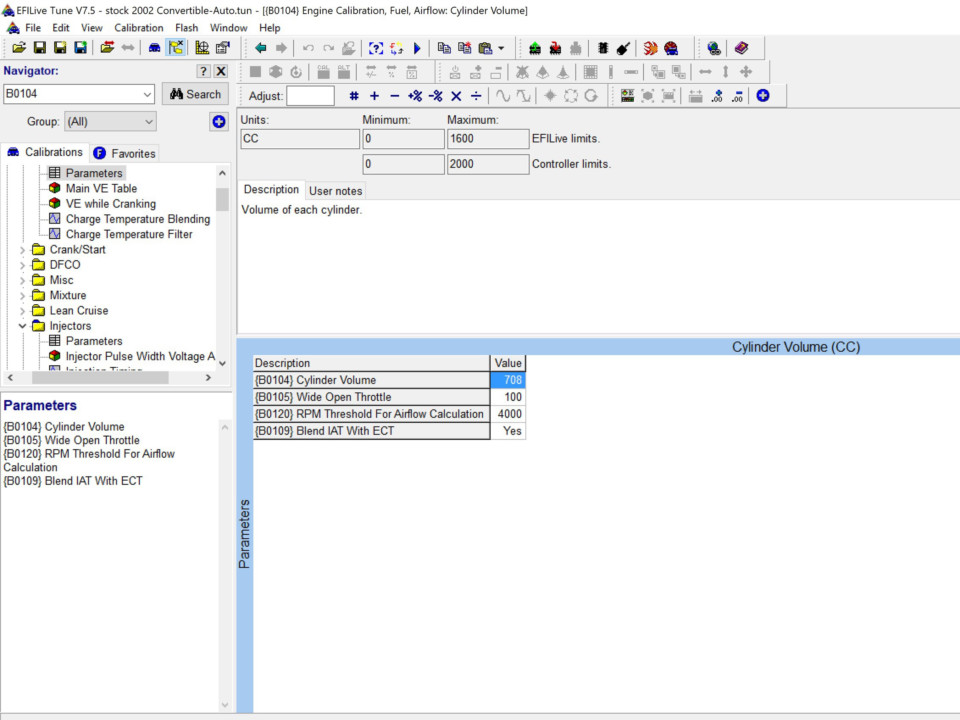
The ECU handles fueling of cylinders individually, so it needs to know exactly how much volume is in each hole. This chart illustrates one of the foundational inputs for accurate fueling.
Size Matters!
The volume is expressed in cubic-centimeters and only needs changing if the engine’s size has been modified through increasing the engine’s bore size or stroke. For you mathletes, you can find this number by dividing the engine size in cubic centimeters (number of liters times 1000) by the number of cylinders. For the rest of us, some common engine values are:
Engine Displacement Volume of single Cylinder (cc)
4.8 liters 600
5.3 liters 666
5.7 liters 708
6.0 liters 705
6.2 liters 775
7.0 liters 875
If you are swapping an LS- or LT-engine into a vintage vehicle, there are some parameters you will not use. These tables designate which inputs to monitor, and what scenarios will induce a MIL light.
You need to know what you are disabling, and why. This would include turning off federally-mandated items like catalytic-converter reporting and various tables installed as safety devices.
The Scope Of The Tune
Whether getting a recently-swapped engine up and running for the first time or making changes to make the most of your long list of power-adders, EFILive can assist you in making the necessary changes to get it all running right. The main thing is to have the foundation for your tune as accurate as possible.
It is impossible to list every scenario for every application, as there will invariably be other areas needing attention depending on the scope of the modifications. But, with a solid foundation courtesy of EFILive, the enthusiast can custom-tailor their car’s ECU to suit their needs exactly.
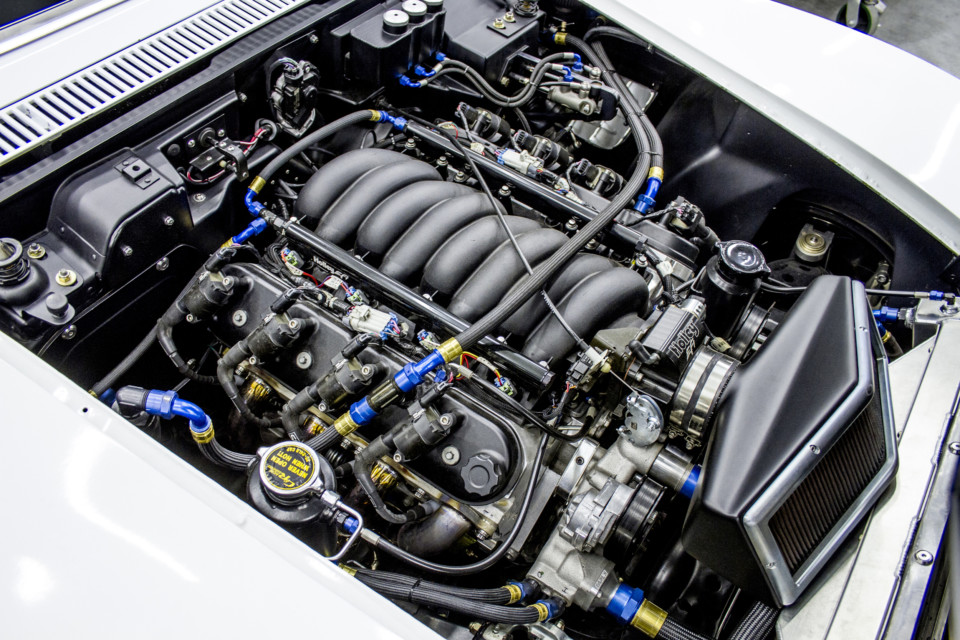
LS- and LT-engines provide unrivaled power and efficiency for enthusiasts who think beyond accelerator pumps and vacuum canisters to control an engine’s operation.

